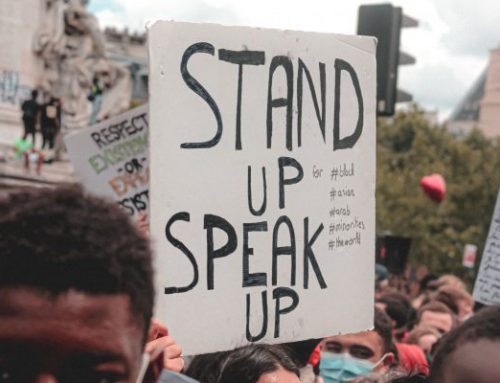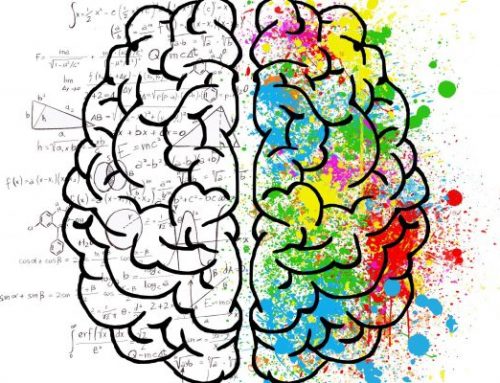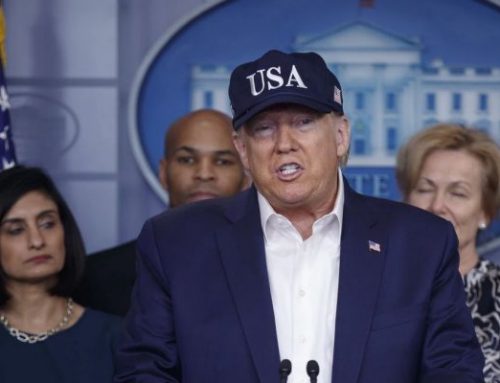As we all know, in 2016, the election of Donald Trump as the President of the United States of America was not only unexpected but also signalled both a rising tide of populism as well as a ‘right-wing pivot’.
While many books have been written about the Trump election, key here is that Trump did something that the Clinton campaign apparently failed to do: consider the Electoral College system.
The Electoral College consists of 538 electors with at least 270 electoral votes required to elect the President. Each state has the same number of electors as it does Members in its Congressional delegation: one for each Member in the House of Representatives plus two Senators.
All States, except for Maine and Nebraska, have a winner-take-all policy where the State looks only at the overall winner of the state-wide popular vote – though a recent Supreme Court ruling has partially reinterpreted this.
Just how the numbers per state are allocated has its roots in the Great Compromise and is only partially reflective of population size – something I discussed in a previous column.
It is because of the Electoral College that Hilary Clinton won the popular vote by nearly 2.9 million but lost the election. Though Trump is behind Democratic presumptive nominee by as much as 10 per cent in some national polls, he could still lose the popular vote by up to 5 million people and still be re-elected.
This result could come about because of the nature of the Electoral College system as well as changing demographic trends. In fact, if current trends continue, there is a real risk that the gap between a winning candidate drawn from the Electoral College system and the popular vote will continue to widen.
This is a deeply problematic challenge for Americans of all political persuasions because it becomes difficult to govern a contemporary diverse democracy when there appears to be a lack of legitimacy. While many have argued that abolishing the College system will mean the popular vote determines the winner, this will antagonise the smaller states who will feel they are disadvantaged placing the Union under pressure.
Even with Covid-19 impacting on the movement of people in the short term, demographics never stand still. Here are four demographic trends that will be important in determining the November result as well as determine future elections.
White America is shrinking
One issue that many outside commentators fail to grasp in understanding the changing nature of US voting trends is the framing of ‘majority’ and ‘minority’ populations. Analysts break down demographics by majority, minority and ‘majority minority’.
America’s changing majority minority populations have altered identity politics and immigration. In this election, we will see Hispanic voters make up the electorate’s largest minority group. The changing make-up of the US population has seen an additional 109 counties become majority non-white since 2010.
Ironically, the Democrats started with a wide and diverse field have settled for an ‘old white guy’ in Joe Biden. Neither party has been able to reflect these changing demographics.
The question is whether the Democratic Party can win back the “Obama coalition” including Black and Hispanic voters.
Focussing on the Hispanic population, this is a diverse and complex populations with significant sections drawn to conservative Republican candidates. In other words, this is never a given particularly if sections of these groups start feeling ‘taken for granted’ as many Black Americans have stated. While Trump’s poor handling of the Black Lives Matter (BLM) protests has seen a surge back to Biden, this may only be in the short term and can change unless real reform is pursued.
Young people and the progressive turn
Evidence indicates that both the Millennial and Gen Z generations will stick with the Democratic Party as they move through adulthood. The combination of ‘climate change’ school strikes and Black Lives Matter protests highlight a left-wing turn though this is nothing new. The youngest voters under Bill Clinton, George W. Bush and Barack Obama all leaned Democrat.
The Democrats will hope that this trend holds, but this is also a demographic who are hard to get to the polls in a non-compulsory voting system. The aging of the American population also indicates that their biggest potential impact may soon pass.
This segment were disillusioned in 2016 and did not vote in significant numbers. Young progressives were behind Bernie Sanders and lost interest when he stepped out of the race. The question is whether the BLM moment will motivate a re-engagement.
The voting power of older Americans
A key source of the Trump support base in 2016 was the large aging Baby Boomer generation who tend to vote conservative. With rising life expectancy, the share of the electorate from older, more conservative generations will continue to shape election results – particularly as retirement-aged Americans outvote the abovementioned young people.
Given the intergenerational wealth gap, this is also a generation that has more expendable income to invest in political candidates.
Six months ago, the Trump Administration felt that this demographic would see him return to the White House. The Trump Administration’s mishandling of Covid19 epidemic, however, coupled with the popularity of Joe Biden amongst older Democrats and independent voters is eroding Trump’s hold here. Despite this, more conservative states with a significant number of older voters are likely to remain staunchly Republican.
The rural exodus continues
Like the rest of the world, the US is also urbanising, and rural America is experiencing a downward spiral. Even as the overall population has continued to grow, the percentage of Americans living in urban areas has increased much faster with an additional 46 million more people living in urban areas since 2000.
With such trends likely to continue, the gap between the populous and smaller states will grow – explaining why the College Electoral system and the popular vote is likely to remain out of sync.
The Democrats say that they have learnt the lessons of 2016 and will not repeat them in 2020. Regardless of who wins in November, however, the above trends confirm that future presidents will need to find a way to work with an increasingly fractious, complex and diverse electorate. America and the rest of the democratic world are relying on it.
This article was originally published by Open Forum.






Leave A Comment